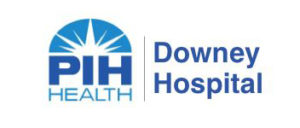Nursing & Healthcare News
The Surgical Smoke Problem
AORN to petition OSHA for national standards

COVID-19 isn’t the only airborne threat facing hospital staffs: The smoke generated by modern surgical equipment remains a serious health hazard for both OR teams and patients.
Many Hazards, Few Rules
As a growing number of states adopt laws to protect healthcare workers and surgical patients from surgical smoke, the Association of periOperative Registered Nurses (AORN) is calling on the Occupational Safety and Health Administration (OSHA) to finally set federal standards for surgical smoke exposure.
OSHA first issued an alert on the dangers of surgical smoke more than 30 years ago, but the agency has never issued any formal rules, leaving states and individual hospitals to set their own standards.













